Quantum Secured Blockchain implements the three pillars of quantum-resistant cryptography: Quantum Key Distribution (QKD), Post-Quantum Cryptography (PQC), and Quantum Random Number Generation (QRNG).
The Quantum Secured Blockchain (QSB), invented, developed, and continually improved by Quantum Blockchains Inc., aims to establish a blockchain resilient to the anticipated attacks from cryptographically potent quantum computers or advanced AI agents.
Marking a milestone, the QSB is the first blockchain to leverage the latest scientific and technological breakthroughs in quantum information technologies, such as Quantum Key Distribution (QKD) and Quantum Random Number Generation (QRNG), as well as Post-Quantum Cryptography (PQC). This pioneering strategy paves the way for the establishment of a provably secure blockchain network that can resist various types of assaults.
Read our WHITEPAPER.
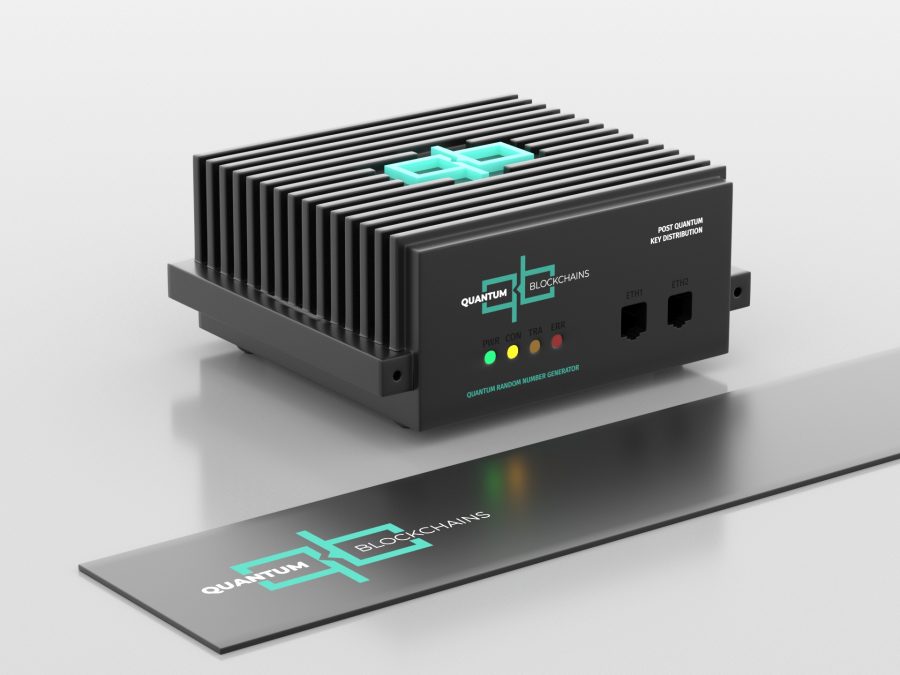

Additionally, the QSB integrates cutting-edge post-quantum cryptographic methods, engendering a novel and more secure class of private and public keys. To maximize entropy, it capitalizes on the fundamentally unpredictable nature of quantum processes.
QSB is realized through Substrate, an advanced, modular, and scalable blockchain framework ideal for crafting tailored blockchain systems. Substrate, which underpins the Polkadot network, offers an array of tools, libraries, and runtimes that simplify custom blockchain development. The framework’s flexibility, combined with its support for diverse consensus algorithms, makes it a preferred choice for a wide range of blockchain endeavors.
In its current form, QSB can then be utilized in a conventional manner, just like any other blockchain built using Substrate, such as Polkadot parachains.
QSB described
QSB Topology
Blockchains typically rely on peer-to-peer connectivity. Achieving full peer-to-peer connectivity in an N-node network requires ~N2 links, causing QKD device requirements to scale quadratically with node count. Given the high costs of setting up QKD links, a full mesh network is neither technically nor economically viable. We propose a quantum-secured blockchain using classical networks and a QKD network with specific topologies to minimize QKD links. Drawing inspiration from early parallel computing topologies, we’ve identified the hypercube topology as optimal for organizing large numbers of nodes efficiently in a distributed system.
The QSB network comprises three distinct layers:
Core: The highest security level of QSB. All quantum-domain connections utilize actual fiber optic-based Quantum Key Distribution (QKD) links.
Mantle: A secure QSB layer. In the quantum domain, it’s safeguarded by QKD emulators, like our pQKD system.
Crust: The QSB’s external layer operating solely in the classical domain. It neither uses QKD nor its emulators but offers limited API-like access.
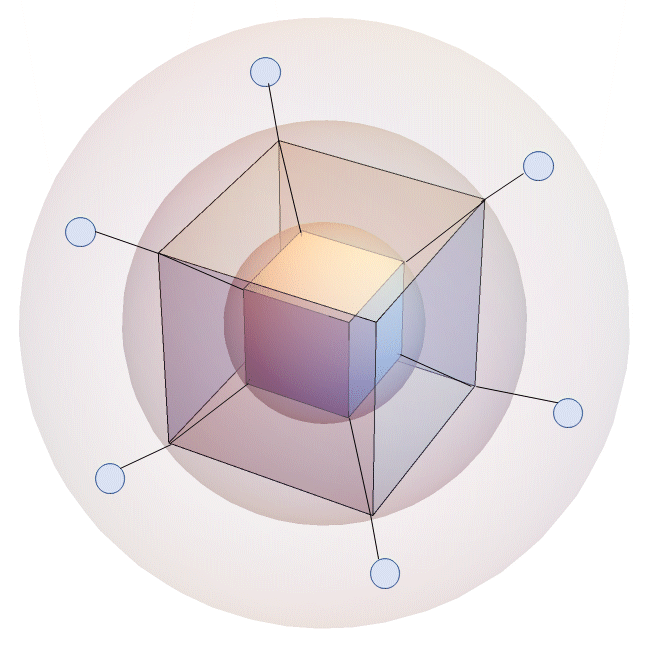
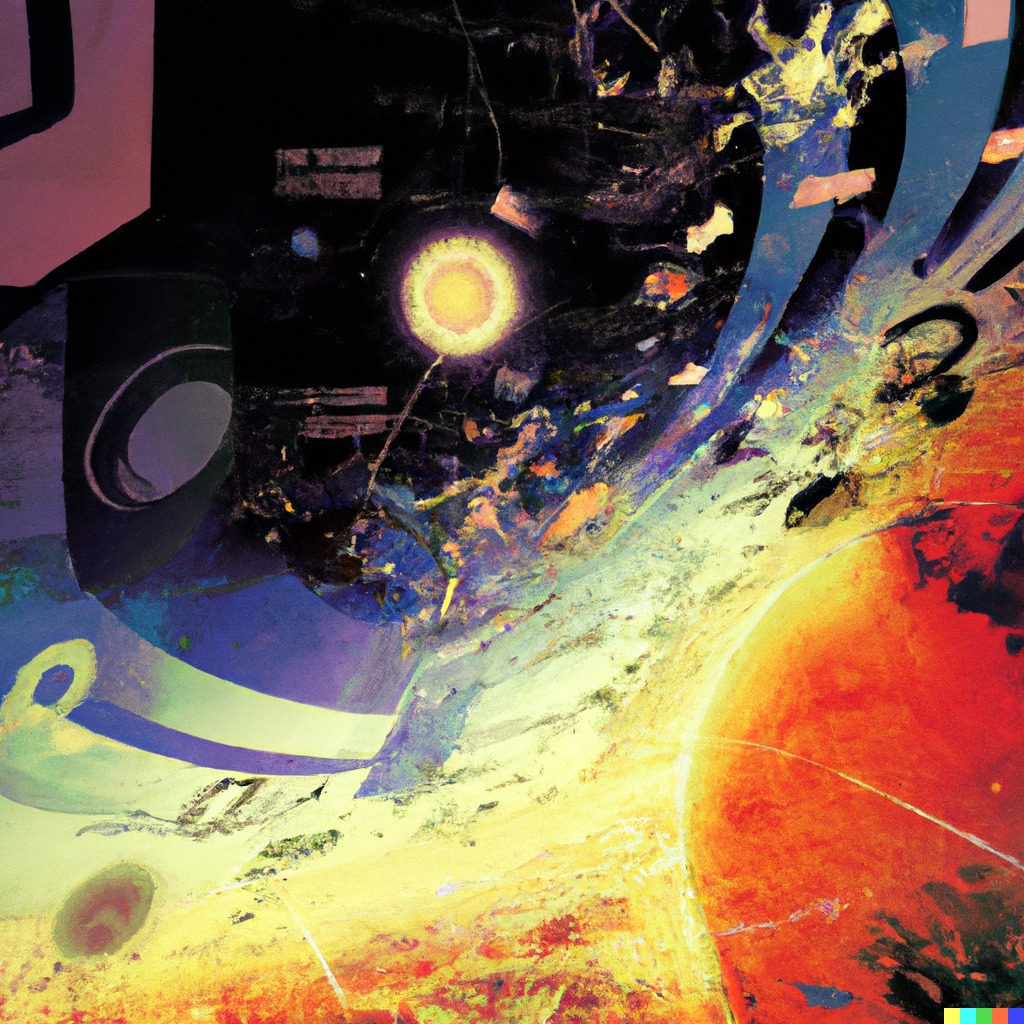
Quantum entropy
QSB harnesses quantum entropy through an integrated Quantum Random Number Generator (QRNG) in the pQKD devices present at each node. This QRNG chiefly facilitates the generation of secure PSK-type keys, pivotal for QSB communication.
We’ve also strategically integrated QRNG’s inherent randomness within the QSB framework, drawing parallels with Ethereum’s renowned RANDAO solution. Each block prompts nodes equipped with pQKD devices to engage in a RANDAO campaign, collaboratively producing a random number at runtime.
Beyond its primary function, the quantum entropy introduced by the QRNG augments the signature algorithm (CRYSTALS-Dilithium), suggesting promising avenues for enhancing consensus algorithms.
In our ongoing efforts to push the boundaries, we’ve incorporated the QRNG’s randomness into a Substrate pallet, reminiscent of the RANDAO approach prevalent in Ethereum networks. While the full integration of RANDAO remains a work in progress, our vision encompasses leveraging QRNG from pQKD devices to amplify the entropy seed for VRF in upcoming iterations.
Post-quantum keys and signatures
In light of the NIST’s announcement in July 2022 regarding candidates for post-quantum cryptography standards, our team has elected to adopt the CRYSTALS-Dilithium algorithm as the cornerstone digital signature algorithm for the Quantum Secured Blockchain.
CRYSTALS-Dilithium stands at the forefront of digital signature algorithms and is a pivotal component of the CRYSTALS (Cryptographic Suite for Algebraic Lattices) suite. The architectural backbone of CRYSTALS-Dilithium is rooted in lattice cryptography. This advanced cryptographic subset capitalizes on the nuanced mathematical properties of lattice structures. Lattice-based cryptography has captivated the attention of the cryptographic community.
We’ve adapted the RUST code from the authentic C++ reference source bequeathed by the pioneering architects of the algorithm. Our rendition adeptly harnesses the expansive capabilities of RUST, with an emphasis on its pristine and secure memory management. The resultant code stands as a testament to elegance and efficiency, discernibly streamlined compared to its original counterpart.
Fortuitously, the inherent modularity and adaptability of Substrate paved the way for seamless cryptographic transitions, heralding a new era underpinned by PQC.
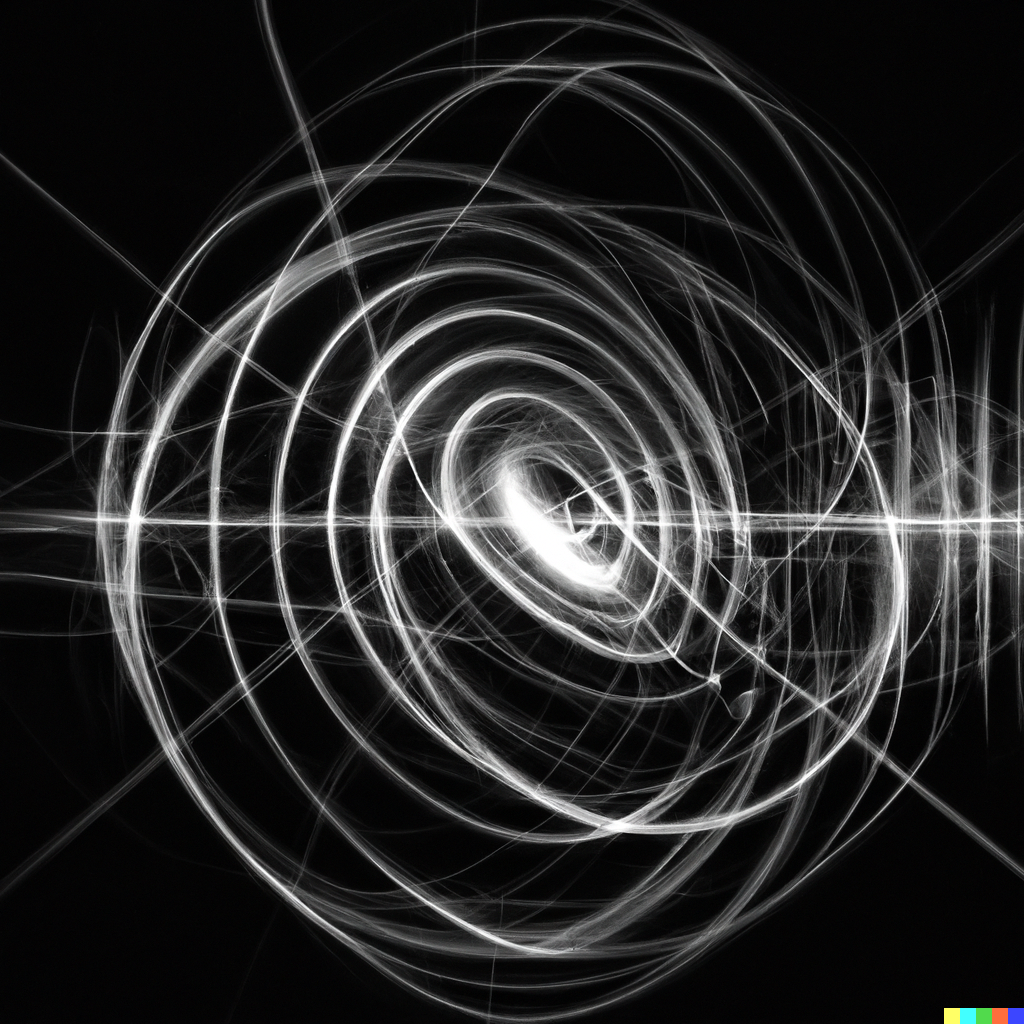
Use cases
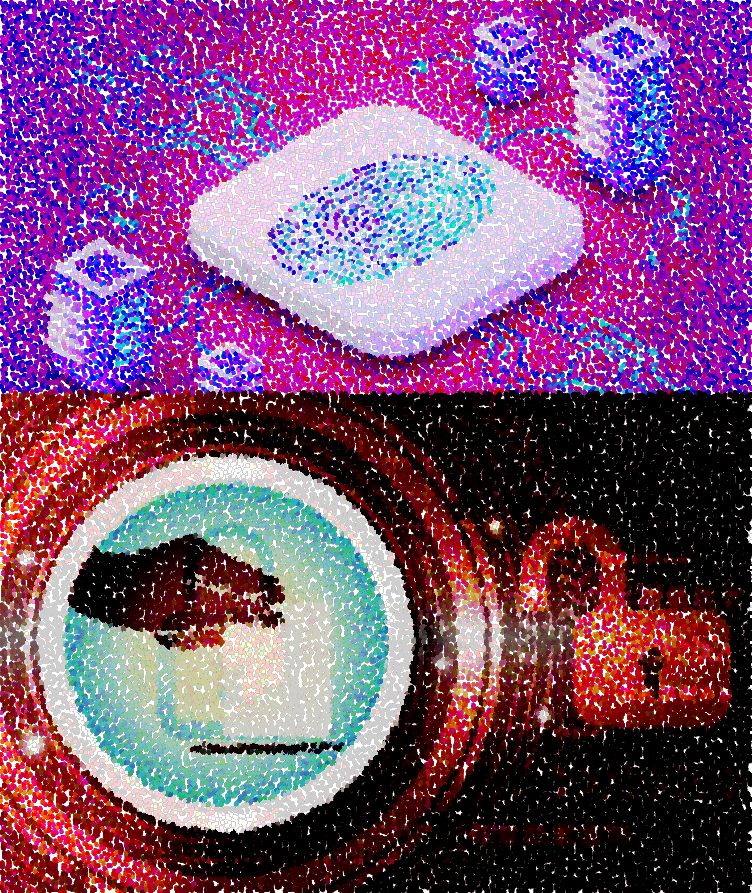
All blockchain-based applications require quantum-resistance, but certain applications are especially well-suited for QSB integration.
Quantum Digital identity
Digital Identity stands out as one such promising use case. As of now, a quantum-resistant SSI (Self-Sovereign Identity) system remains undeveloped. SSI heralds a transformative approach to managing and using digital identities. Distinctively, SSI emphasizes empowering the identity holders. It offers them unparalleled control, portability, security, privacy, and interoperability. Integrating SSI with QSB introduces the “Quantum Self” – a distinctive, incorruptible, and non-replicable digital imprint.
E-voting
As we move further into the digital age, securing voting systems becomes paramount. Incorporating e-voting onto the QSB brings forth a groundbreaking paradigm in electoral technology. Traditional e-voting systems, while offering efficiency, have been critiqued for potential vulnerabilities, ranging from external hacks to internal manipulations. However, a quantum secured blockchain promises unparalleled security against even the most advanced threats, including those posed by quantum computers.
The “Quantum Self” concept gives each voter would a unique, incorruptible, and non-replicable quantum digital fingerprint. This allows for secure authentication of the voter’s identity without revealing their actual identity or their voting preference, a crucial feature for free and fair elections.
If you are interested to receive more information about Quantum Secured Blockchain, please fill out the form below:
Place Your Order
Thank You for Your Order!
Your order has been successfully placed. We'll send you a confirmation email shortly.
Order Reference:
